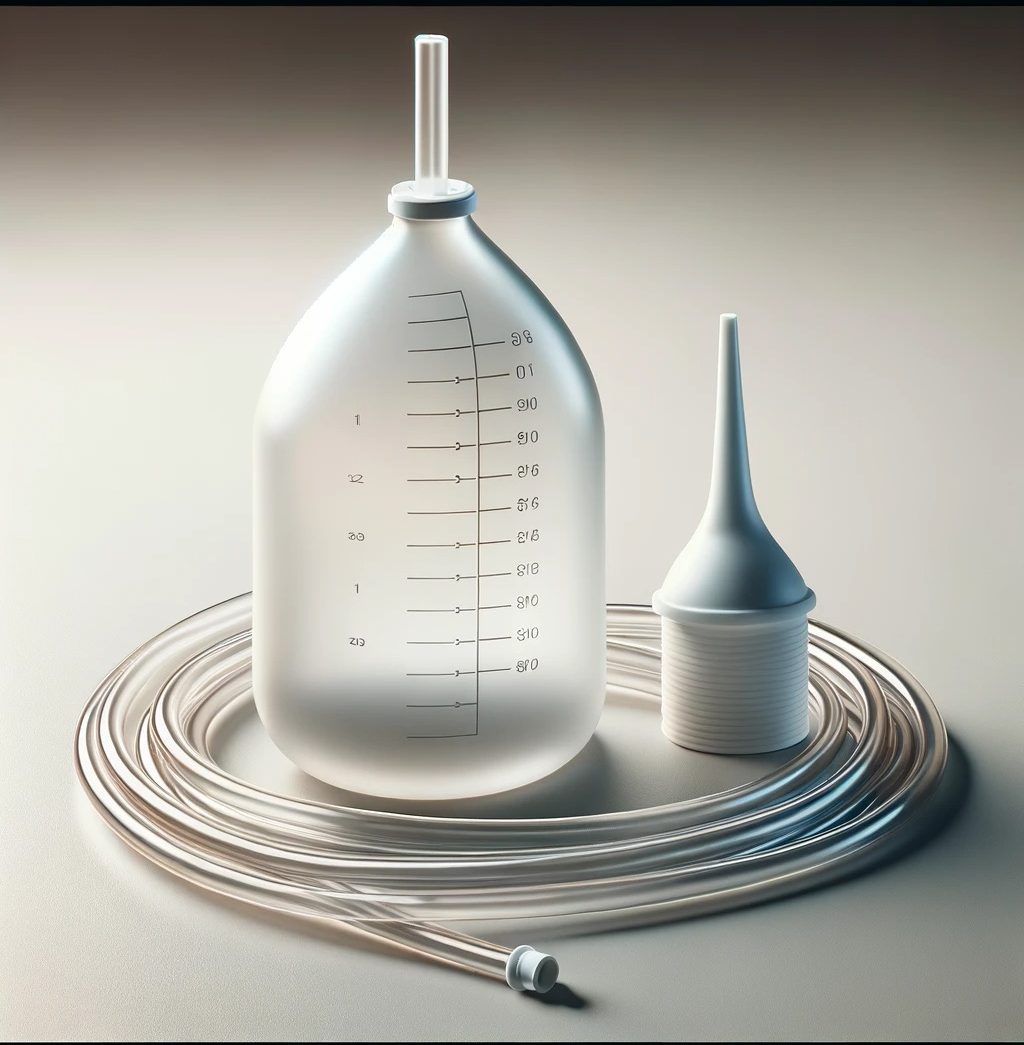
Enemas, a medical procedure involving the introduction of liquid into the rectum and colon via the anus, can be a necessary treatment for children with certain medical conditions. However, the use of enemas in children requires careful consideration due to their delicate physiology and the potential risks involved. This article discusses the safe use of enemas in children, including indications, precautions, and proper administration techniques.
Indications for Enema Use in Children
Enemas are primarily used in children to relieve constipation, which is a common pediatric problem. They can also be used prior to medical examinations or surgical procedures that require an empty bowel. In some cases, enemas are used to administer medication directly to the colon.
Types of Enemas
Several types of enemas are available, and the choice depends on the child’s age, condition, and the purpose of the enema. The most common types include:
- Saline Enemas: Safer for children as they pose less risk of dehydration and electrolyte imbalance.
- Mineral Oil Enemas: Used to soften hard stools.
- Phosphate Enemas: Should be used with caution due to the risk of electrolyte disturbances.
Precautions and Contraindications
Before administering an enema, it is crucial to ensure that it is safe for the child. Enemas are contraindicated in certain conditions, such as acute abdominal pain, nausea, vomiting, or suspected bowel obstruction. It’s important to consult a pediatrician before using an enema, especially for young children or those with underlying health conditions.
Proper Administration Techniques
- Preparation: Gather all necessary supplies, including the enema kit, towels, and lubricant. Ensure the enema solution is at room temperature to avoid discomfort.
- Positioning: The child should be in a comfortable position, typically lying on their left side with knees bent towards the chest.
- Insertion: Lubricate the enema tip and gently insert it into the rectum. For infants and small children, only insert the tip a few centimeters.
- Administering the Solution: Slowly squeeze the enema bag or bottle, allowing the liquid to flow gently into the rectum. Avoid forcing the solution.
- After the Procedure: Encourage the child to hold the solution for a few minutes before releasing it. This may not be possible for younger children.
Potential Risks and Complications
Although generally safe when done correctly, enemas can have risks, such as bowel perforation, irritation, and electrolyte imbalances. Repeated use can lead to dependency and disrupt the child’s natural bowel function.
Emotional Comfort and Support
It’s essential to provide emotional support to the child throughout the procedure. Explain the process in age-appropriate terms, reassure them, and maintain a calm environment.
Alternatives and Preventive Measures
In cases where enemas are not advisable or as a preventive measure against constipation, dietary changes such as increased fiber intake, adequate hydration, and regular physical activity are recommended. In some cases, oral laxatives may be a safer alternative.
Note before use
The use of enemas in children should be approached with caution and under medical advice. Understanding the correct techniques, potential risks, and when to avoid enemas is crucial for the safety and wellbeing of the child. In most cases, non-invasive methods should be considered first for managing constipation or preparing for medical procedures. Always read the manual attached to the enema kit upfront!

